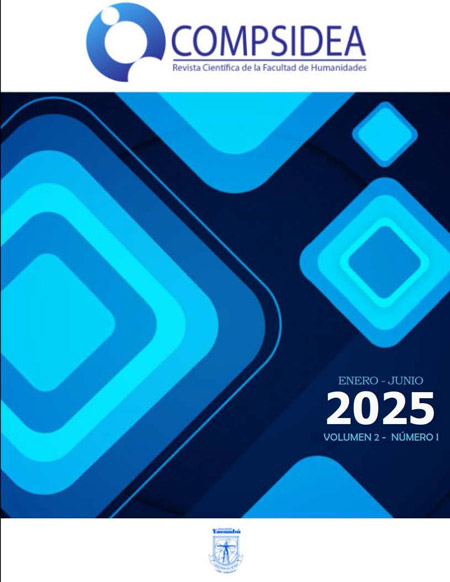Presence and reminiscence in the pop art of Jamie Lee
Keywords:
latin american art, pop art, philosophy of art, icon, memoryAbstract
The thesis is proposed that in Jamie Lee’s pop art, the work of art is equivalent to its typification, as a representation of the icon, as perception (present) and its inscription in our memory as contemplation (or reminiscence). Through a philosophical essay, three recent paintings by the artist are observed, taking as a framework Ferraris’ (1999) theory about the relationship between memory and imagination. The conclusions validate the initial thesis, since it is argued that, given that in their origin, perception (theorem) and contemplation (mnemoneuma) are carried out on the basis of a representation that is no different from that of memory, what we have, at the end of the day, is the temporization of a work typified as a sensitive presentation (Jamie Lee’s acrylics) and its inscription and retention as an intelligible presentation (the memories associated with the figure of Ziggy; the evocation of the image of the famous 01:43 m. from the Take On Me video; and the context of Outta Time as an icon film of pop cinema or the reminiscences of the film and the license plate of the vehicle that serves, underhandedly, as the title of the acrylic). The question of the “essence” of the “Latin American” in art remains to be rethought, and therefore the idiosyncratic notions of anthropological –if not geological- notions of the works, their styles and their imaginaries must be put to the test.
Downloads
References
Artfinder (2024a). Ziggy (2022). Acrylic painting by Jamie Lee. https://www.artfinder.com/product/ziggy-c5ee3/
Artfinder (2024b). Take On Me (2023). Acrylic painting by Jamie Lee. https://www.artfinder.com/product/take-on-me-c876b/
Artfinder (2024c). Outta Time (2024). Acrylic painting by Jamie Lee. https://www.artfinder.com/product/outta-time-c3244/
ArtMajeur (2025). Todas las obras de Jamie Lee. https://www.artmajeur.com/jamie-lee
Beckett, W. (1995). Historia de la pintura (R. Cano, trad.). La Isla.
De la Nuez, J. L. (2014). Modernidad última en América Latina y posturas de la crítica artística. Aisthesis (55), 197-212. http://dx.doi.org/10.4067/S0718-71812014000100012
Ferraris, M. (1999). Teorema y mnemoneuma. En G. Vattimo (Comp.), Filosofía y poesía: dos aproximaciones a la verdad (pp. 191-218). Gedisa.
Honnef, K. (2024). Pop art. La tensión entre el arte y la realidad. En H. Werner Holzwarth (Ed.), Arte moderno (pp. 464-531). Taschen.
Jamieleeartcom (2024). Acerca de mí... https://jamieleeart.com/About.html
Jarque, V. (2018). On the art history that we deserve. Estudios de Filosofía (58), 197-213. https://doi.org/10.17533/udea.ef.n58a09
Larsson, D. (31 de mayo de 2022). Bowie y el nacimiento del ecologismo: cómo Ziggy Stardust y la primera cumbre del clima cambiaron nuestra visión del futuro. The Conversation. https://lc.cx/8IJYCu
Merriam-Webster (2025). Trampantojo sustantivo. Diccionario. https://www.merriam-webster.com/dictionary/trompe%20l%27oeil
Ortiz, P. (2019). Una nueva concepción del arte y del artista en el arte contemporáneo. Caleidoscopio, 23(42), 125-147. https://doi.org/10.33064/42crscsh2155
Oyarzún, P. (2009). La cifra de lo estético: Historia y categorías en el arte latinoamericano. Ensayos. Historia y teoría del arte (17), 47-59. https://revistas.unal.edu.co/index.php/ensayo/article/view/45871
Schelling, F.W.J. (1999). Filosofía del arte (V. López-Domínguez, trad.). Tecnos.
Singulart (s.f.). Jamie Lee. https://lc.cx/OSpW9F
Vazquez, M. (2025). ¿Qué es un icono y cuáles son sus diferencias con los pictogramas? Domestika. https://lc.cx/MmuQpl
Published
How to Cite
Issue
Section
License
Copyright (c) 2025 Revista COMPSIDEA | Universidad Yacambú

This work is licensed under a Creative Commons Attribution-NonCommercial-ShareAlike 4.0 International License.








